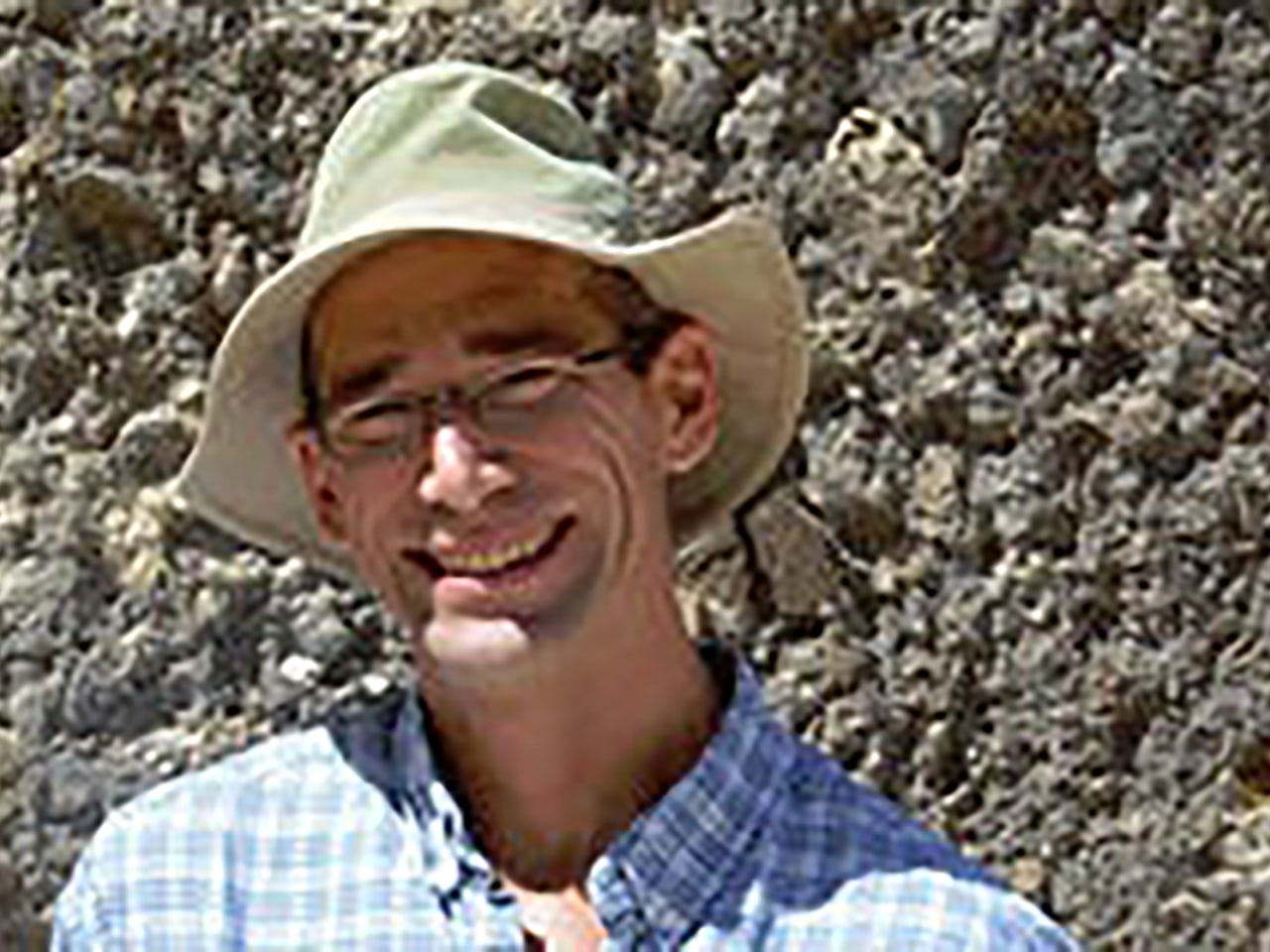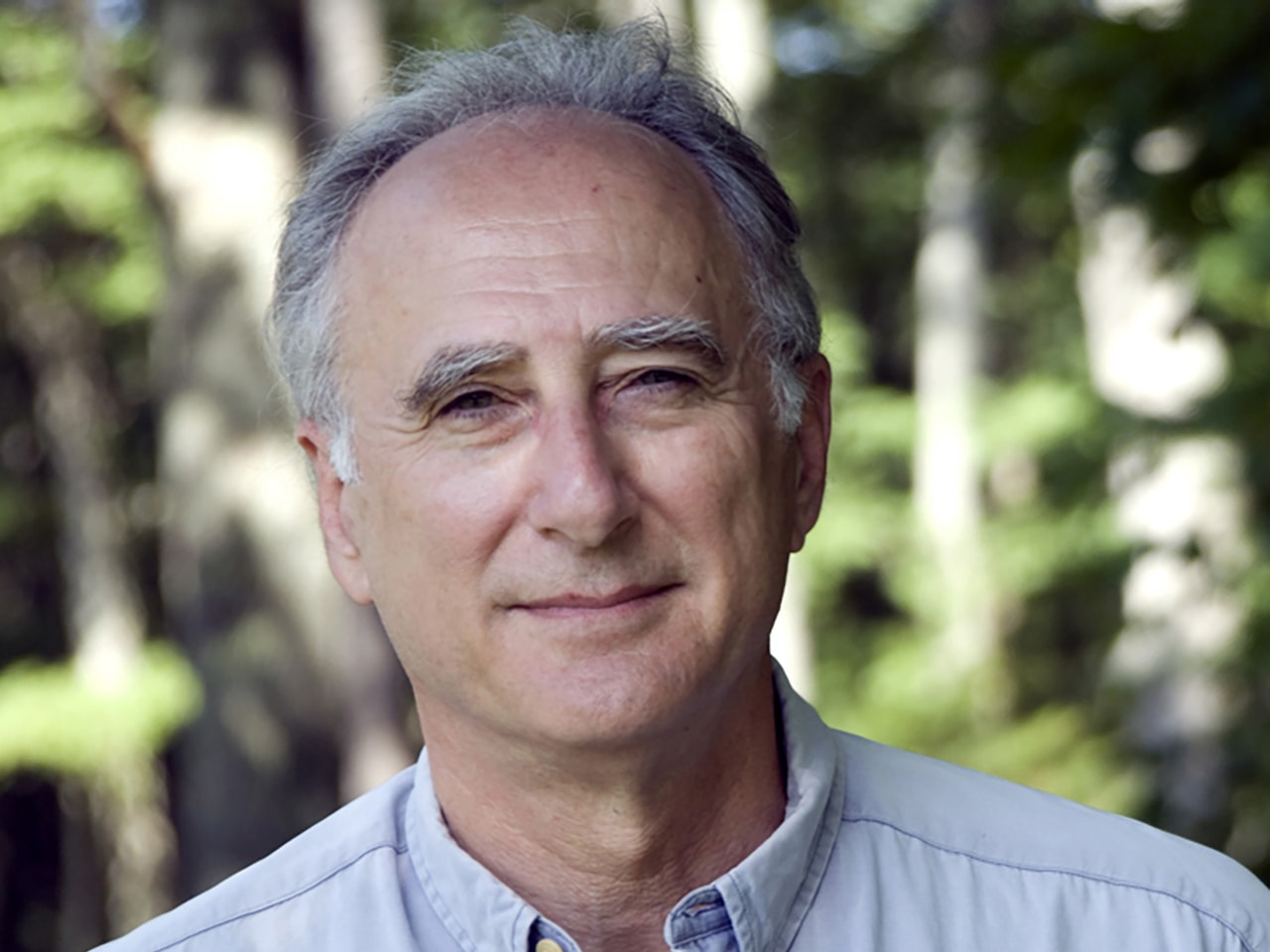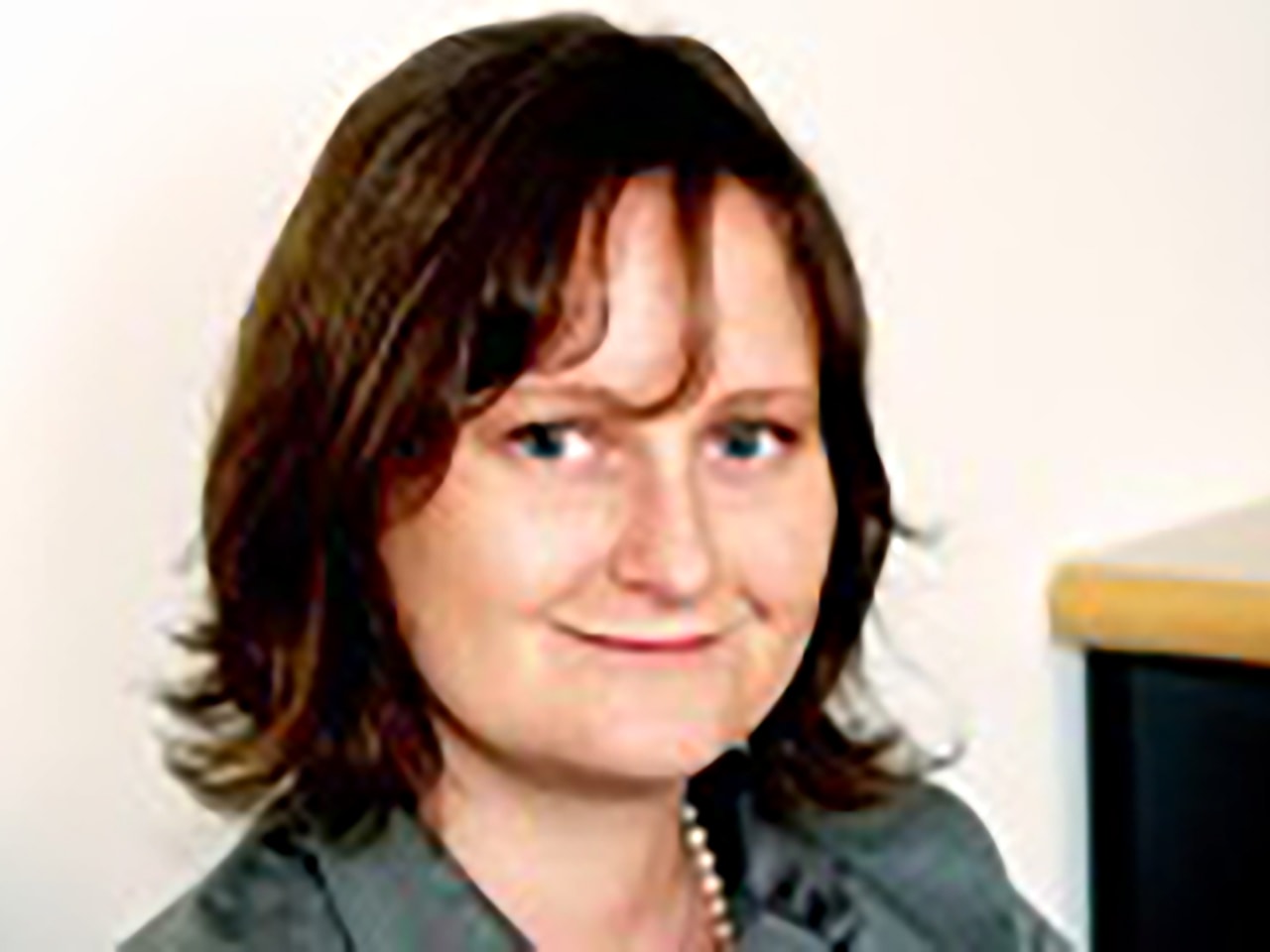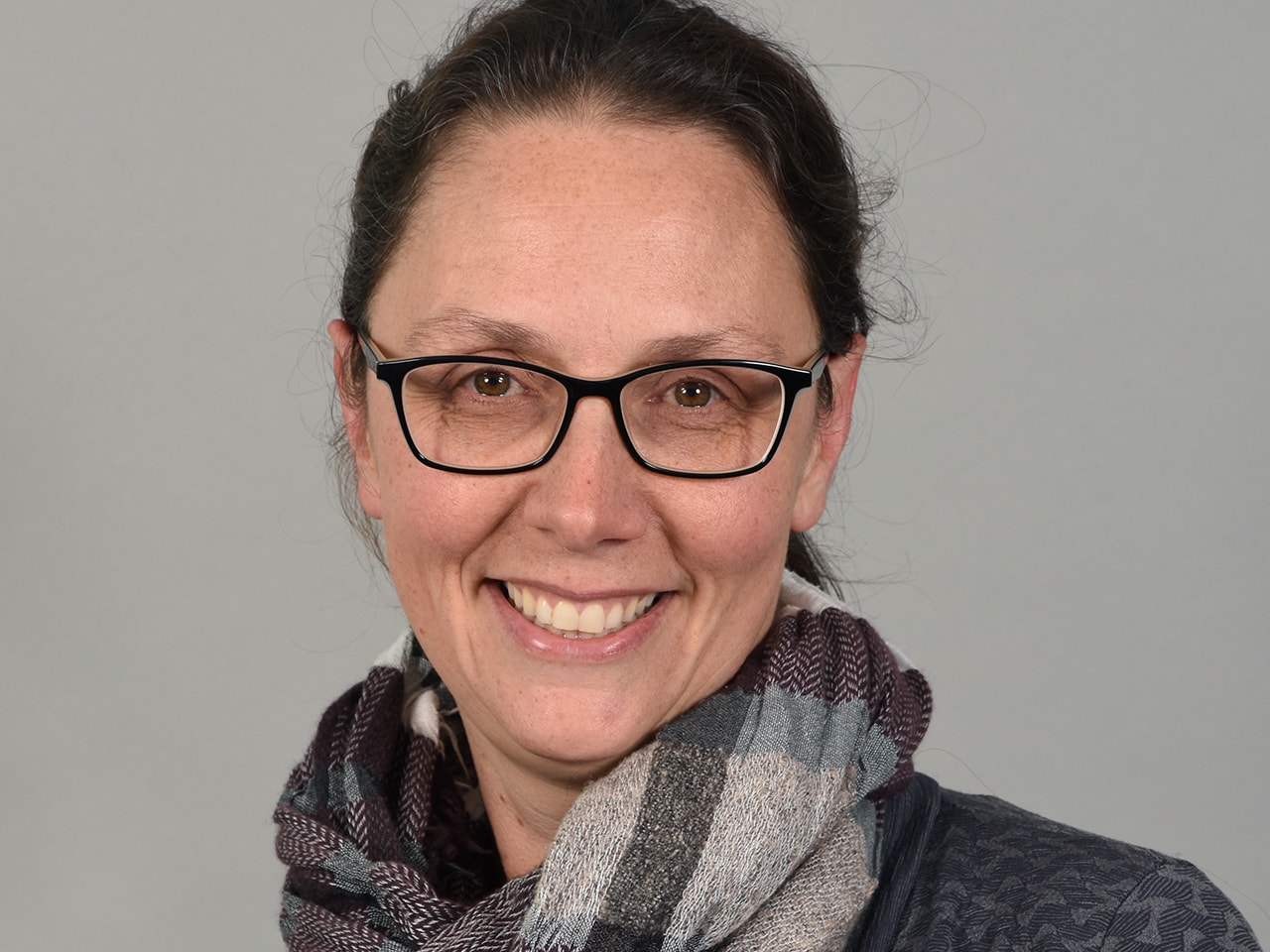Affiliated Scholars

Kroum Batchvarov, Ph.D.
Dr. Batchvarov obtained his M.A. and Ph.D. from the Nautical Archaeology Program at Texas A&M University in 2002 and 2009, respectively. He has worked on various INA projects including the excavation at Tektaş Burnu, Turkey, and the excavation of the steamboat Heroine. Dr. Batchvarov was the first recipient of INA’s Claude Duthuit Archaeology Grant for his work in Rockley Bay, Tobago, where he and his team discovered a 17th-century Dutch ship believed to be the Huis de Kreuningen. He is now a co-director of the Black Sea Maritime Archaeology Project (MAP), which has already discovered more than 60 shipwrecks over the course of a three-year survey.

Giulia Boetto, Ph.D.
Dr. Boetto is based at the Centre Camille Jullian (Aix-Marseille University, CNRS) in Aix-en-Provence, France. As a specialist in Ancient Nautical Archaeology, Dr. Boetto works on different research programs in France (Toulon, Antibes, Fréjus), Italy (Fiumicino, Naples, Isola Sacra) and Croatia (Caska, Pula, Zambratija, Kamensko). She is also interested in the interaction between the harbor structures and ships in Ostia/Portus, related to her previous research on the harbor complex of Rome and the Fiumicino ships.

John Broadwater, Ph.D.
In 1978, Dr. Broadwater became the first State Underwater Archaeologist in Virginia, where he directed the Yorktown Shipwreck Project and conducted surveys in Virginia and North Carolina. Until 2010, Dr. Broadwater was the Chief Archaeologist at the National Oceanic and Atmospheric Administration’s (NOAA) Office of National Marine Sanctuaries. From 1992 to 2005 he helped recover hundreds of artifacts as the Manager of the Monitor National Marine Sanctuary. In 2019, Dr. Broadwater was awarded the first Bass Publication Grant.

Lilia Campana, Ph.D.
Dr. Campana received her M.A. and Ph.D. through the Nautical Archaeology Program at Texas A&M university, where she now serves as an instructional assistant professor in the Architecture Department. Her research explores the cultural, political, social, religious. and economic transformations of the Mediterranean throughout the centuries in a comparative historical perspective. In addition to her archival research on shipbuilding manuscripts, Dr. Campana is involved with several projects related to researching Venetian maritime affairs and trade.

Arthur Cohn, J.D.
Art Cohn is the co-founder and Executive Director of the Lake Champlain Maritime Museum. During a 30-year career, in partnership with INA Vice President Kevin Crisman, Cohn has directed most of the shipwreck surveys, field schools, and archaeological studies in Lake Champlain. Cohn worked for the passage of the Abandoned Shipwreck Act of 1987 and in 2000–2001 was a member of the United States delegation to the UNESCO Conference on the Protection of Underwater Cultural Heritage.

Ben Ford, Ph.D.
Since receiving his doctorate through Texas A&M University’s Nautical Archaeology Program, Dr. Ford has been involved in shipwreck studies and remote sensing surveys in the Gulf of Mexico, Maryland, Rhode Island, New York, Oklahoma, Ohio, and Ontario. His interests include maritime, historical, and industrial archaeology, spatial and landscape archaeology, the application of GIS, and cultural resource management. In 2011, Dr. Ford co-edited The Oxford Handbook of Maritime Archaeology with Alexis Catsambis and Donny Hamilton.

Jeremy Green, M.A.
Following his pioneering excavations on the Dutch wreck Batavia in the early 1970s, Jeremy Green established the Department of Maritime Archaeology at the Western Australian Museum. He also helped found the Australasian Institute for Maritime Archaeology (AIMA), for which he served as foundation president. Mr. Green has provided expert technical assistance on INA surveys and excavations from Kenya to Turkey, including the 6th-century B.C. Archaic Greek shipwreck at Pabuç Burnu and the 5th-century B.C. Classical Greek shipwreck at Tektaş Burnu.

Elizabeth S. Greene, Ph.D.
Dr. Greene holds a doctorate in Classics from Princeton University’s Program in the Ancient World. She specializes in the maritime economy of the Archaic eastern Mediterranean. Dr. Greene directed a photographic and mapping survey of a 7th-century B.C. shipwreck at Kekova Adası, Turkey and co-directed the excavation of the 6th-century B.C. wreck at Pabuç Burnu in 2002 and 2003. She now co-directs the Burgaz Harbors Project with Dr. Justin Leidwanger in Datça, Turkey.

Jerome Hall, Ph.D.
Dr. Hall received his doctorate in Nautical Archaeology from Texas A&M University, after which he served as the Director of the Office of Underwater Archaeology in Puerto Rico. In the Dominican Republic, Dr. Hall led the excavation of the Monte Cristi Pipe Wreck, a late 17th-century merchant trader named for the thousands of clay smoking pipes in its cargo. From 2000 to 2002 he served as the president of INA. His interests include surf culture and history, piracy of the New World, post-Medieval seafaring, biblical archaeology, and Caribbean cultures.

Nicolle Hirschfeld, Ph.D.
Dr. Hirschfeld graduated with an M.A. from Texas A&M University’s Nautical Archaeology Program in 1990. She received her doctorate from the University of Texas at Austin. Dr. Hirschfeld’s interest in the Bronze Age Aegean brought her to College Station and then to Uluburun. In 2010, she joined George Bass to work at Cape Gelidonya, 50 years after the original season and in celebration of INA’s first excavation. Dr. Hirschfeld’s interests include potmarks, the scripts of ancient Cyprus, and ceramics.

Fred Hocker, Ph.D.
After receiving his doctorate from the Nautical Archaeology Program at Texas A&M University in 1991, Dr. Hocker was hired to teach medieval seafaring and the history of shipbuilding at Texas A&M. He served as INA president from 1994 to 1996. While with INA, he directed the recording of a 15th-century cog and a 17th-century passenger ferry in the Netherlands, the excavation of an 18th-century pilot sloop at Clydesdale Plantation on the Savannah River in South Carolina, and the excavation of the 9th-century Byzantine shipwreck at Bozburun, Turkey.

Mark Lawall, Ph.D.
Dr. Lawall is a specialist in transport amphoras of the Late Archaic through Hellenistic periods, ca. 550–50 B.C. His research program focuses on the documentation of amphora finds around the Aegean, Eastern Mediterranean, and Black Sea regions as evidence for the processes, developments, and patterns of distribution in ancient Greek economies. This research has involved primary publication of amphora assemblages on both land and maritime sites including the Athenian Agora, Olbia, Troy, Gordion, Ephesos, and the shipwrecks at Kyrenia and Pabuç Burnu.

Joseph Lehner, Ph.D.
Dr. Joseph “Seppi” Lehner holds a Ph.D. in Archaeology from the University of California’s Cotsen Institute of Archaeology. He specializes in the Bronze and Iron Age economies of Anatolia, the Near East, and Arabia, with a particular interest in ancient pyrotechnologies and archaeological materials science. Since 2016, he has co-directed research on the Cape Gelidonya metal cargo at INA’s Bodrum Research Center. Dr. Lehner also currently co-directs the Archaeological Water Histories of Oman Project, focusing on the growth and impact of metals trade between Anatolia, the Near East, and South Asia.

Justin Leidwanger, Ph.D.
Dr. Leidwanger’s research and fieldwork focus primarily on the role of maritime networks in the organization of the Roman economy. He co-directs the excavation of the 6th-century A.D. Marzamemi “church wreck” off the southeast coast of Sicily, and since 2011 has co-directed the excavations in the Archaic through late Roman harbors of Burgaz, Turkey. Together with Frederick van Doorninck, Jr., Dr. Leidwanger is involved in the comprehensive restudy of the transport amphoras from the 7th-century A.D. Yassıada shipwreck.

John McManamon, S.J., Ph.D.
From 1997 to 1998 John McManamon had the distinct pleasure of taking on a Visiting Scholar’s appointment from the nautical archaeology faculty at Texas A&M University. During that time and subsequently, he took part in excavations of shipwrecked or derelict vessels in Italy, Turkey, Bulgaria, and Denmark, and participated in surveys for shipwrecks in Malta and Morocco. John is currently back in College Station as an INA Scholar in Residence, overseeing the publication of the 9th-century Byzantine shipwreck at Bozburun, Turkey, excavated by INA between 1995 and 1998.

Harun Özdas, Ph.D.
From 1990 to 2002, Dr. Özdas worked as an archaeologist, curator, and representative of the Turkish government in the Bodrum Museum of Underwater Archaeology and on underwater excavations at Uluburun, Çesme, Tektas Burnu, Çamalti Burnu, Kızılburun, and Gelidonya. Currently, he is the director of a project that aims to compile a comprehensive inventory of shipwrecks located in Turkish waters. Dr. Özdas has also served as Vice President of the Committee for the Protection of Underwater Cultural Heritage, UNESCO Turkey.

Irena Radić Rossi, Ph.D.
Dr. Radić Rossi started her career in the Ministry of Culture of the Republic of Croatia, in charge of the protection of the underwater cultural heritage of Croatia. In 2009 she moved to the Department of Archaeology at the University of Zadar. In the framework of the Archaeology of Adriatic Shipbuilding and Seafaring (AdriaS) Project, her main research interests focus on the technological development of shipbuilding and seafaring in the Eastern Adriatic. She has worked in cooperation with both TAMU and INA since 2012 in researching Adriatic shipwrecks.

Warren Riess, Ph.D.
Dr. Riess graduated with an M.A. in Nautical Archaeology from Texas A&M University in 1980 and a Ph.D. in American History from the University of New Hampshire in 1987. His archaeological investigations include the Revolutionary War Penobscot Expedition, the Piscataqua Offshore Sites Survey, the Ronson Ship Site Survey, and most recently, the World Trade Center Vessel Site. He has been the subject of a one-hour special for the Maine Public Broadcasting System and of articles in many newspapers and magazines.

David Stewart, Ph.D.
Dr. Stewart graduated from the Nautical Archaeology Program at Texas A&M University with his M.A. and Ph.D. He specializes in the maritime archaeology of the Age of Sail, focusing on British and American seafaring during the 18th and 19th centuries. His research interests include shipboard life, maritime cultural landscapes, maritime folklife, gender in seafaring, and material culture theory. Dr. Stewart served as a staff member of the Byzantine shipwreck excavation near Bozburun, Turkey and participated in the excavation of the Bronze Age shipwreck at Uluburun, Turkey.

Kristine Trego, Ph.D.
Dr. Trego is an associate professor of Classics and ancient Mediterranean studies at Bucknell University. She has been working with INA and INA President Deborah Carlson since 2000 to excavate the Tektaş Burnu and Kızılburun shipwrecks off the coast of Turkey. Her interests in nautical archaeology concentrate on utilitarian wares and crew’s personal items, while her larger research interests incorporate philology, ancient biographies, and narrative theory.

Peter van Alfen, Ph.D.
Dr. van Alfen serves on the managing committee of the American School of Classical Studies at Athens and on the advisory council of the American Academy in Rome. He is the editor of the American Journal of Numismatics and managing editor of the ANS Magazine, and has authored numerous books and articles on ancient economies and numismatics, Linear B, and nautical archaeology.

Wendy van Duivenvoorde, Ph.D.
Dr. van Duivenvoorde obtained her doctorate from Texas A&M University’s Nautical Archaeology Program in 2008. She has conducted research on the metal fasteners and anchors excavated from ancient Mediterranean merchantmen such as the Tektaş Burnu and Kyrenia shipwrecks. Dr. van Duivenvoorde’s studies primarily focus on ships of exploration and the archaeological remains of Western Australia’s Dutch East Indiamen shipwrecks.

Gordon P. Watts, Jr., Ph.D.
After working in Florida on early American sites in springs and shipwrecks in the Keys, Dr. Watts developed North Carolina’s underwater archaeology program. From 1981 until 2001, he also helped establish the Program in Maritime History and Underwater Archaeology at East Carolina University. Since retiring in 2001, his attention turned to managing Tidewater Atlantic Research, a consulting firm he established in 1979. He has joined INA at projects such as the Clydesdale Plantation Wreck, the Western Ledge Reef Wreck, and the City Point, Virginia derelicts.


